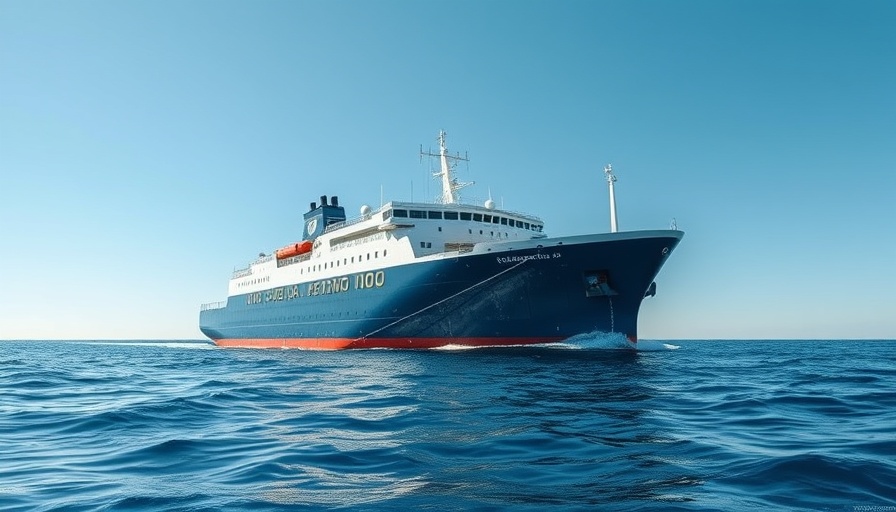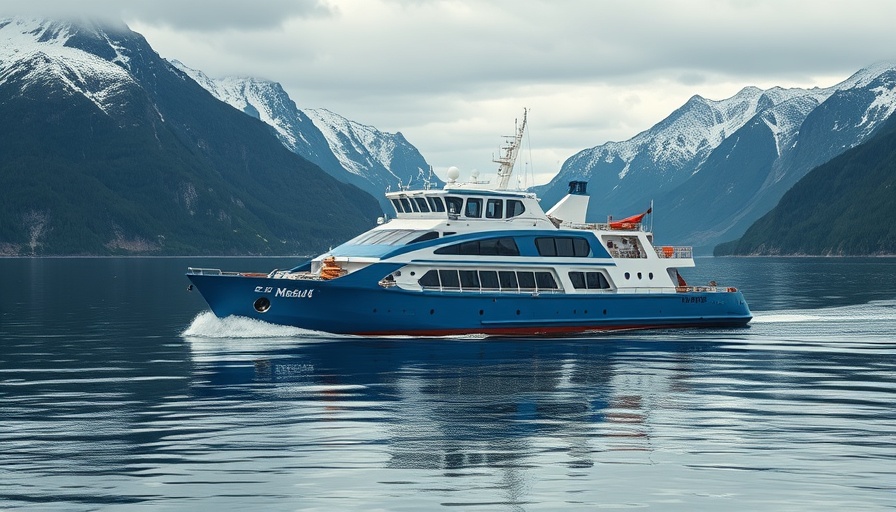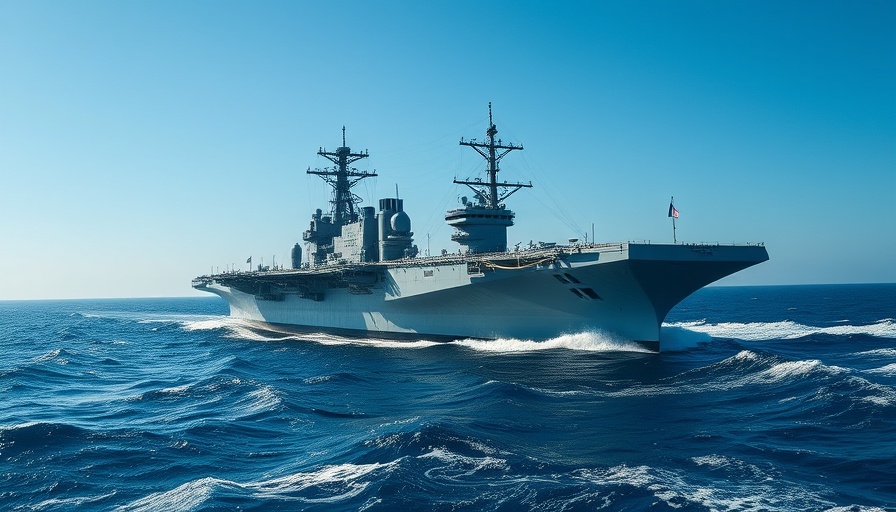
What’s Next for Russia’s Admiral Kuznetsov?
The future of Russia's only aircraft carrier, the Admiral Kuznetsov, seems to be up in the air with recent statements from Andrei Kostin, chairman of Russia's state shipbuilding corporation. The 40-year-old vessel, which has been mostly sidelined since 2017 following a series of maintenance delays and accidents, is now facing the possibility of being scrapped or sold. This indicates a significant shift in Russia’s naval strategy and reflects broader challenges the Russian military has faced in its modernization efforts.
Historical Context: The Kuznetsov’s Legacy
Launched during a tumultuous period in 1985, the Admiral Kuznetsov was a symbol of Soviet maritime power. However, its operational record has been far from stellar. The ship participated in airstrikes during the Syrian intervention, marking its last significant military engagement, but has remained inactive since 2017 due to extensive refurbishment challenges. The vessel served as a reminder of bygone naval ambitions, and critics have labeled it as obsolete in the face of modern warfare demands.
The Technological Challenges Faced
Many analysts cite technological stagnation in Russia’s military as a key reason for the ongoing issues with the Kuznetsov. The ship has frequently been dubbed outdated, lacking the capabilities necessary to contend with contemporary naval threats. Furthermore, the ship's modernization process has been marred by accidents, further complicating efforts to reinvigorate its combat readiness. Critics argue that investing further funds into an aging fleet may not deliver the strategic returns Russia hopes for.
The Opinion Divide: Should It Be Scrapped?
Opinions among military experts are sharply divided on the fate of the Kuznetsov. Some industry specialists argue that scrapping it would save resources that could be better allocated towards more modern capabilities. Others assert that the ship's historical significance means it should not be hastily disposed of. This debate underscores an ongoing challenge within the Russian military establishment: balancing traditional naval legacy with modern warfare realities.
The Global Implications
The decision surrounding the Kuznetsov’s fate carries implications beyond Russia’s borders. Western nations closely monitor Russia’s naval developments, as an effective navy is pivotal for power projection and global influence. For Western military strategists, the scrapping of the Kuznetsov might symbolize a potential naval weakness for Russia, while others view it as an opportunity for revitalization with new, more capable vessels.
Projections for Russia’s Naval Future
The fate of the Admiral Kuznetsov brings into question the viability of Russia’s naval modernization strategy. Discussions among military officials indicate a focus on future investments in shipbuilding technologies that can operate effectively against new maritime threats. This transition could usher in a new class of vessels designed for modern warfare, potentially altering the balance of naval power in the region.
Conclusion: Navigating the Future of Russia's Naval Power
As the fate of the Admiral Kuznetsov hangs in the balance, the decision to scrap or sell it highlights broader dilemmas within the Russian military regarding modern capabilities versus historical artifacts. As we keep an eye on these developments, it serves as a reminder of the ongoing evolution in military technologies and strategies.
 Add Row
Add Row  Add
Add 




Write A Comment